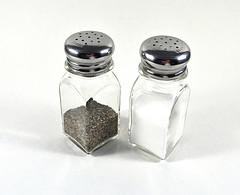A heart attack is a particularly frightening condition that affects both men and women, but there are a number of factors that make certain people more likely to have one. If you’re worried that you might be at risk for having a life-threatening heart condition, this helpful risk assessment tool from the NIH will help you pinpoint your risk factors.
The tool determines a person’s risk of having a heart attack in the next 10 years by asking a few simple lifestyle questions. It is designed for adults aged 20 and older. Things like age and gender are easy to answer, but other questions may be a bit trickier. Most of us don’t know our total cholesterol or systolic blood pressure off the top of our heads, but this guide makes it easy to figure them out. Click on the link to a question you don’t understand, and the guide explains how to determine these important numbers.
Once you receive your results, you can begin to take charge of your health!
Risk Assessment Tool for Estimating Your 10-Year Risk of Having a Heart Attack [National Heart, Lung and Blood Institute]





 Equal Housing Opportunity
Equal Housing Opportunity